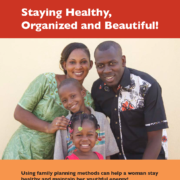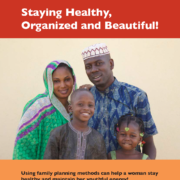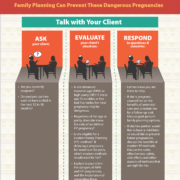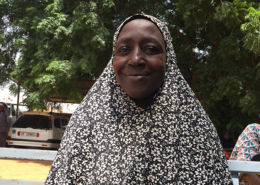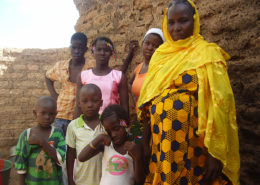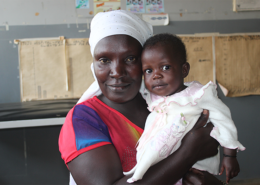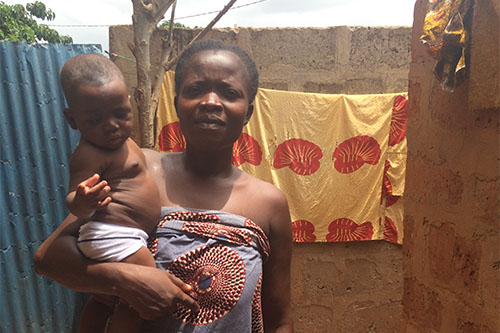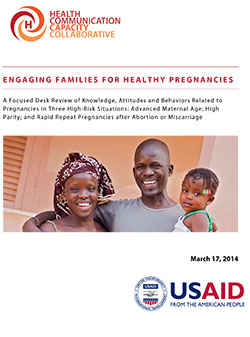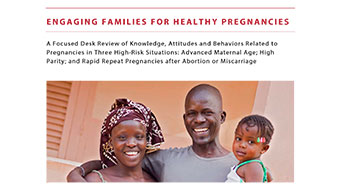 Healthy Timing and Spacing of Pregnancy (HTSP) is an under-utilized approach to family planning (FP) and maternal and child health (MCH) education, counseling and services to help families have planned pregnancies at the healthiest times of their lives for the best outcomes for mother and child. Although many FP and MCH programs promote birth spacing, HTSP elevates the role of spacing between pregnancies, rather than births, and stresses the impact on maternal, neonatal and child health (MNCH).
Healthy Timing and Spacing of Pregnancy (HTSP) is an under-utilized approach to family planning (FP) and maternal and child health (MCH) education, counseling and services to help families have planned pregnancies at the healthiest times of their lives for the best outcomes for mother and child. Although many FP and MCH programs promote birth spacing, HTSP elevates the role of spacing between pregnancies, rather than births, and stresses the impact on maternal, neonatal and child health (MNCH).
In Angola HC3 examined how, amidst recent FP gains in the country, SBCC can further support HTSP. HC3 conducted rapid formative research and worked with the Ministry of Health to design an integrated HTSP social and behavior change communication (SBCC) program from local to national levels.
Research shows that the risk of maternal mortality increases sharply for women giving birth after age 35 (advanced maternal age, AMA) and among women having five or more births (high parity, HP), yet little is known about the social and behavioral drivers of AMA and HP pregnancies. To fill this gap, HC3 conducted a desk review and an evidence review and DHS secondary analysis on AMA and HP pregnancies. HC3 also conducted qualitative data collection on knowledge, attitudes and perceived social norms around these behaviors in Niger and Togo. HC3 used this research to develop a collection of SBCC materials focused on HTSP messaging for AMA/HP and pretested them in Niger and Togo. The culmination of these activities produced the HTSP Implementation Kit.
HC3 partnered with the Association Togolaise pour le Bien-Être Familial in Togo and Marie Stopes International in Niger to pilot the I-Kit which is documented in these case studies.
HTSP Implementation Kit
 The HTSP Implementation Kit (I-Kit), available in English and French, helps program managers incorporate AMA and HP pregnancy risk information into their existing FP or MCH programs. The I-Kit comprises:
The HTSP Implementation Kit (I-Kit), available in English and French, helps program managers incorporate AMA and HP pregnancy risk information into their existing FP or MCH programs. The I-Kit comprises:
- An introduction to HTSP and evidence related to AMA/HP pregnancies
- Key questions to examine the local AMA/HP context
- A brief overview of behavioral determinants, theories and approaches
- Suggested primary and secondary audiences for AMA/HP programs
- Illustrative examples to present key HP/AMA information
- Guidance on how to integrate AMA/HP into FP and MCH programs
- A simple checklist and key questions to guide next steps
- An overview of the I-Kit’s adaptable tools for AMA/HP
- Recommended indicators for AMA/HP
The I-Kit also includes a collection of adaptable SBCC tools which were pretested tool in rural and urban areas of Togo and Niger with end-users and beneficiaries including women, healthcare providers, journalists, organizations and Ministry of Health officials. The tools include:
- Guide for Working with Community-Based Groups
- Counseling Guide for Providers
- Counseling Guide for CHWs
- Guide for Researchers
- Guide for Journalists
These resources are also available in French.

